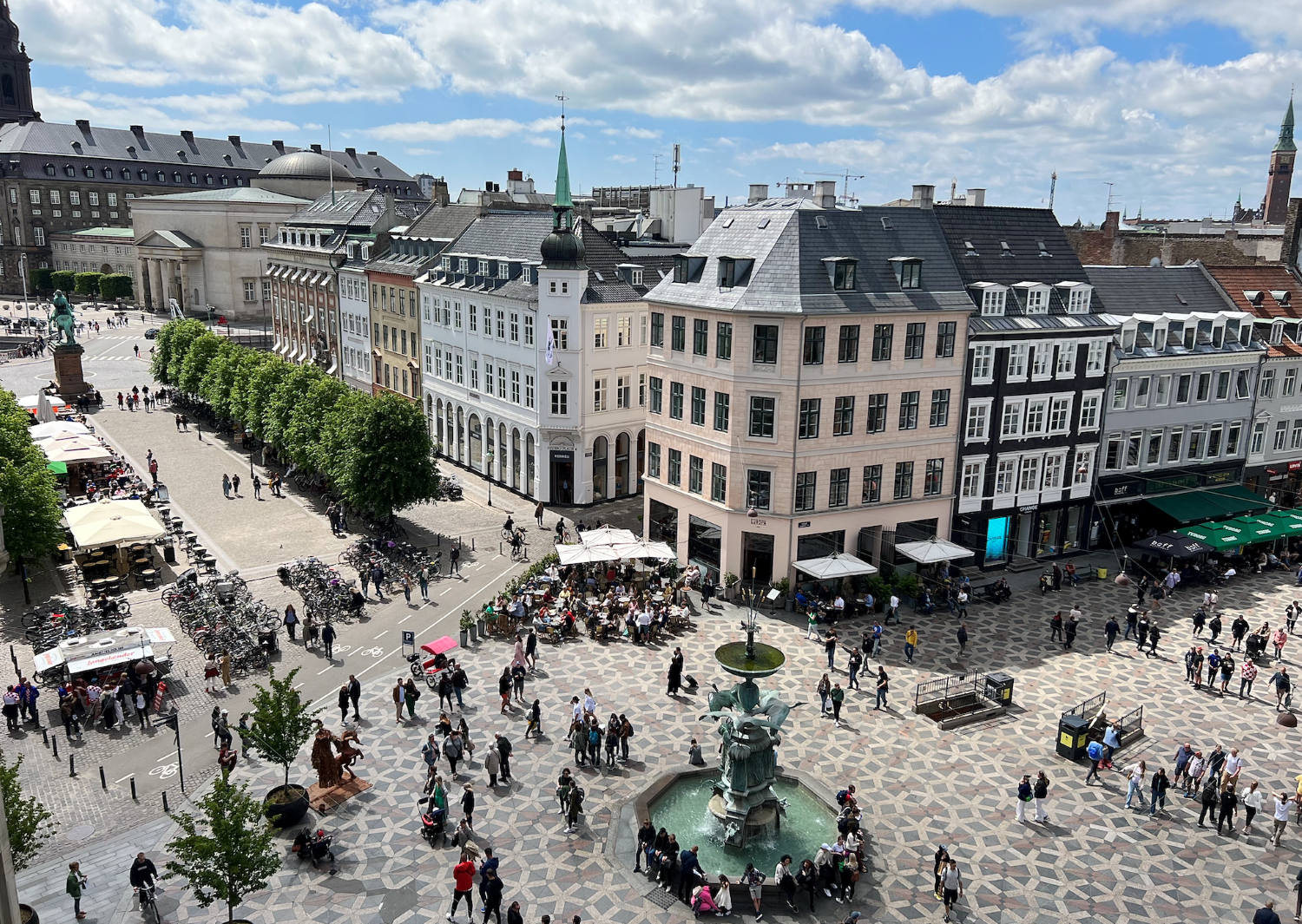Fearing “parallel societies,” authorities tell schools with high numbers of students from immigrant backgrounds to enroll more ethnic Danes, or risk shutdown

HØJE-TAASTRUP, Denmark—In a western suburb of Copenhagen, a group of soon-to-be upper secondary school graduates gathered in mid-June under a bicycle shelter to decorate a banner for their “graduation truck.”
It is a Danish tradition for new graduates to drive through their hometown in decorated open-bed trucks, playing music and visiting the homes of their classmates. At Høje-Taastrup Gymnasium (HTG), students also have another tradition, highlighting the varied cultural backgrounds of the graduating class through their banner design. Eleven flags painted on the banner—including those of Turkey, Palestine, Somalia and others—represented the ethnicities of this year’s graduates.
HTG, which currently serves 417 students, ages 16 to 19, has developed a reputation as a welcoming place for students whose families come from outside the European Union. Even though most of its students' families have lived in the country for two or three generations, HTG is known as an “immigrant school.” Its student body is regarded as “non-Western,” a label the government has used to refer to anyone with a background outside the EU (with some exceptions, such as the U.S.).
That has placed HTG clearly in the sights of the Ministry of Education’s first school integration effort, designed to dilute ethnic enclaves and encourage assimilation.
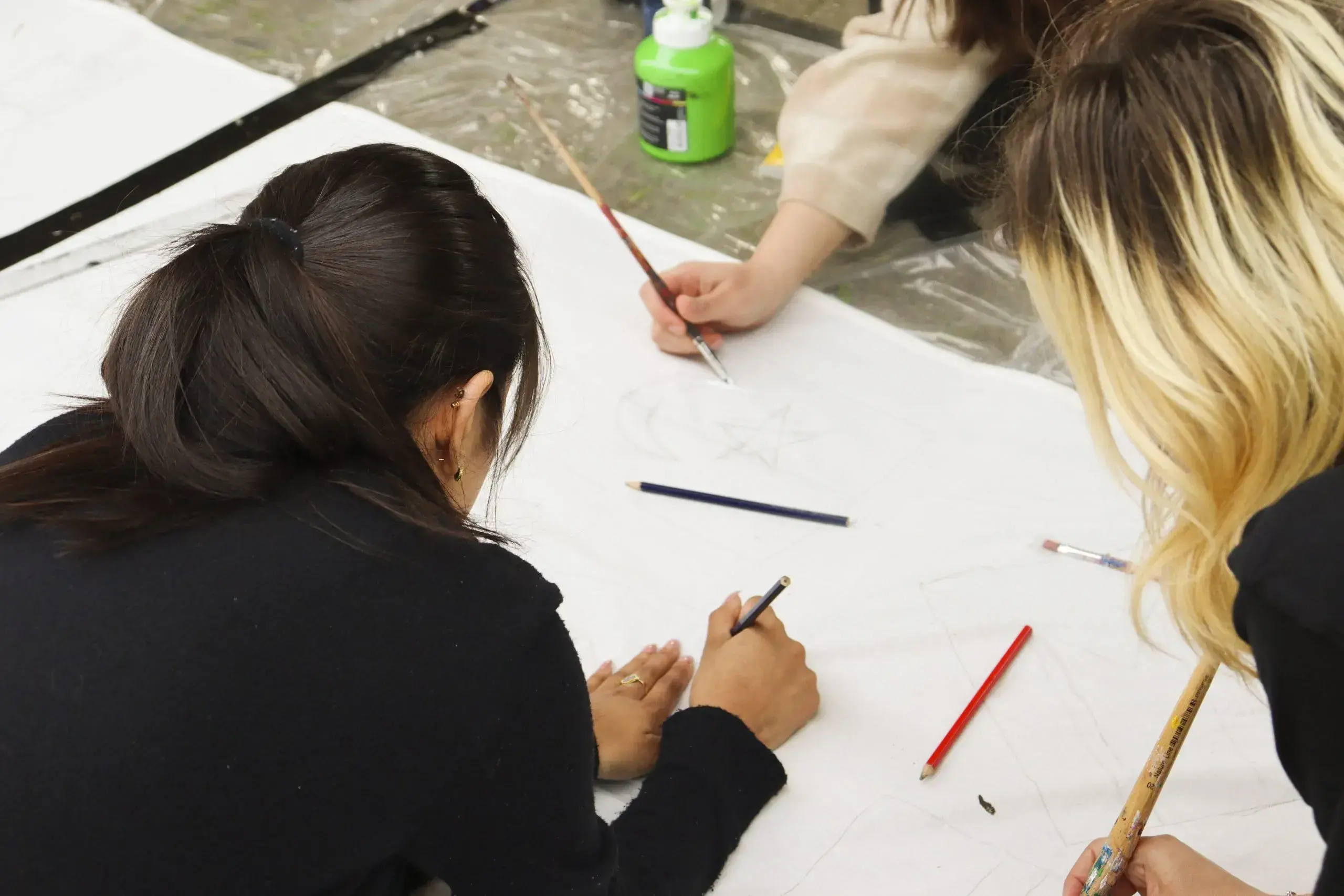
This school year, the government ordered HTG, and five other schools with large populations of students from immigrant backgrounds, to pause admissions and develop plans to attract more ethnic Danish students. If they are unable to do so, the government may consider shutting them down completely.
The ministry’s goal for these schools is to attract more students in general but also ensure a “more representative student composition,” according to Martin Vitved Schäfer, press secretary at the ministry, who pointed to politicians’ concerns about “teaching challenges” posed by segregated schools.
The three-year gymnasium course of study, roughly equivalent to high school in the United States, is mandatory for students who wish to attend college or university. But, unlike most students in the U.S., students in Denmark are not assigned to upper secondary school by neighborhood boundaries; they can apply to different schools based on their interests and grades.
As more students from immigrant backgrounds started attending HTG just over a decade ago, ethnic Danes transferred away from the school—a pattern that has echoes in the United States, where school segregation is increasing as white, affluent families move into predominantly white enclaves or splinter off from larger school districts to form their own.

Dozens of students and staff say the Danish government’s efforts are stigmatizing, even though they agree with the broad goal of integration. They say the policy threatens HTG’s school culture, which has proven to foster a sense of safety and academic success for students who have faced racism and school failure elsewhere.
“They want more Danish students,” HTG student Nermin Aeinein, 17, said, “but we are also Danish.” Sara Barbour, 19, added, “It’s like they don’t want to see us.”
A new centrist government formed in mid-December is debating changes to the country’s school integration policy. But school officials predict it could be years before a new plan is announced, leaving schools like HTG in limbo.
As HTG attempts to rebrand itself, students and staff are working to preserve the positive changes they believe have come from being a minority school, while serving the larger societal aim of assimilation through integration.
“For me, personally and professionally, I think what we owe to society is to integrate,” said school rector Ida Diemar, whose position is comparable to that of an American principal. “Otherwise, we’ll end up with the society divided in two.”
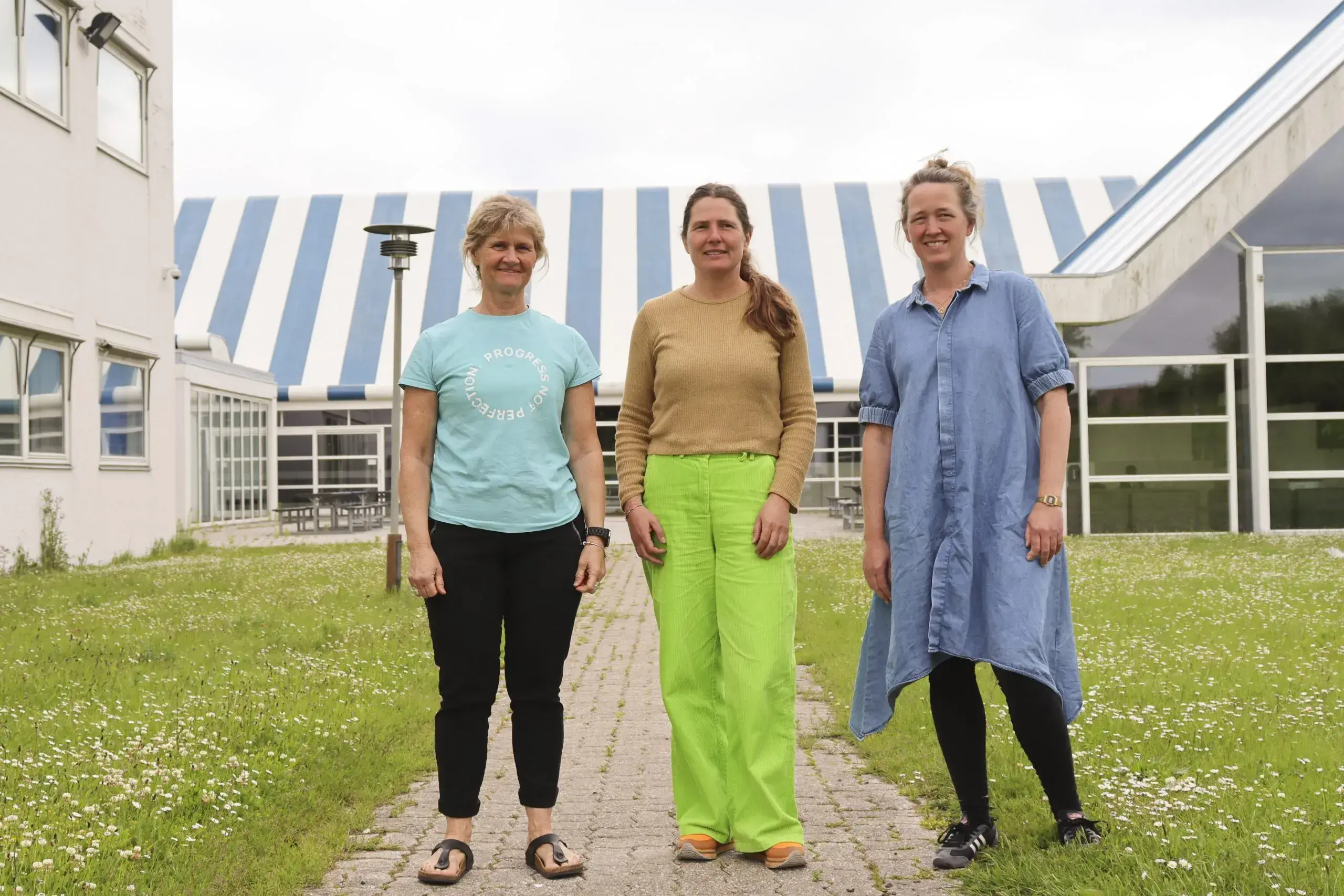
In the past 20 years, particularly since the 2015 refugee crisis, Denmark has seen an influx of immigrants unlike anything in the history of the ethnically homogeneous country. Roughly 15 percent of Denmark’s approximately 5.8 million people are of foreign origin (identified as immigrants or their descendants), with about 63 percent of those coming from countries outside the EU, according to Statistics Denmark.
Concern about ethnic segregation, or so-called “parallel societies,” has become a prominent issue. The current party in government, the traditionally center-left Social Democrats who gained even more control in the November election, first came to power by backing once far-right politics, particularly by pushing limits on immigration.
In 2018, the government passed a set of laws, dubbed the “ghetto package,” which included social policies and criminal justice measures aimed at breaking up immigrant enclaves and assimilating them into mainstream Danish culture. These measures have ranged from increased surveillance to double punishments for crimes committed in certain neighborhoods with high immigrant populations.
The laws have also focused on children. Starting at the age of one, children of immigrants in these areas must spend 25 hours per week away from their families to receive instruction in Danish values, such as learning about the Christian traditions of Christmas and Easter. While other Danish citizens can choose whether to enroll their children in preschool, immigrants living in these neighborhoods lose welfare benefits if they exercise the same choice.
These laws, which are among the most restrictive in Europe, remain in place today, despite international criticism.
Now the upper secondary integration policy is how Danish politicians’ are fixating on limiting the “social control” minority groups exercise over their own members. Officials have said the new school distribution policy is a bid to “ensure that the culture of the high schools is not Islamized,” specifically stating that Denmark wants to avoid what it sees as problems in France and Sweden. Like Denmark, both countries have also seen an influx of immigrants over the past two decades, and French and Swedish leaders have blamed struggles with crime and religious extremism on societal segregation.
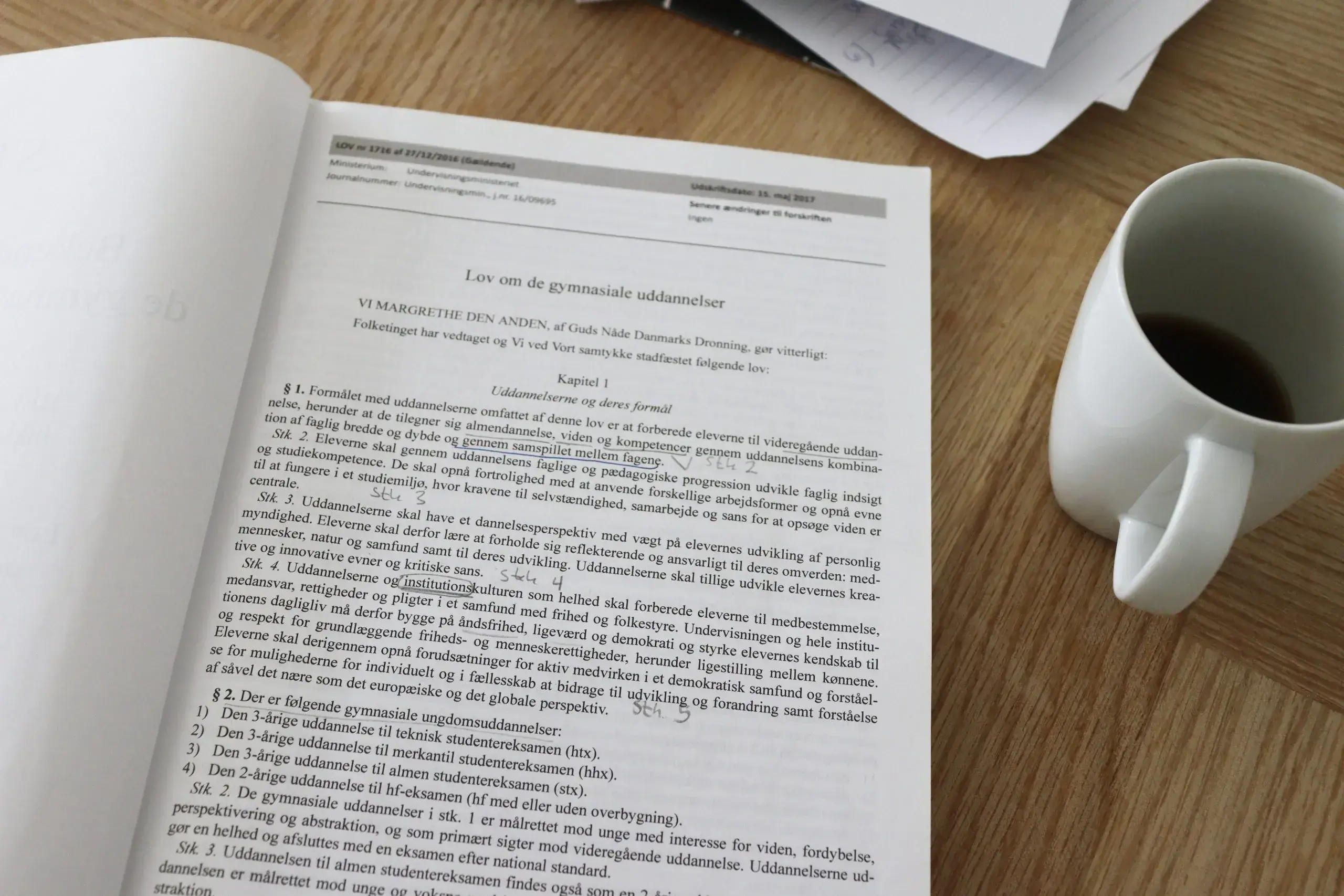
HTG’s demographic shift developed as a result of both student preferences and larger changes in Danish education policy.
The changes are visible when looking at class portraits on the third floor of the school. The smiling graduates are pictured wearing sailor hats each year, a Scandinavian tradition similar to the tasseled graduation caps worn by American graduates, but around 2016 far fewer of those graduates appear to be ethnic Danes.
About 50 ethnic Danish students were placed at HTG that year after their first-choice schools did not accept them, said Maria Schou, who had been a teacher at the time. But, it was evident the students assigned to HTG had not wanted to be there and were eager to leave, said Schou, who is now HTG’s head of education, a position overseeing student programming.
“When you were teaching a class it felt like every day, almost, that you came and heard ‘Oh now she’s in Roskilde,’” Schou said, referring to a neighboring larger city. “Or, ‘Oh he’s not here anymore.’ They dropped out all the time that year in the fall.”
Schou said the failed placements in 2016 exaggerated a trend that had started a few years earlier, with students of ethnic Danish descent dropping out within the first few months of each year.
This dynamic is not unique to HTG. Ethnic Danes tend to opt out of local schools when the proportion of immigrants is above 35 to 40 percent, and the number of the country’s upper secondary schools with more than 30 percent of students of immigrant descent has tripled since 2010, according to the ministry of education.
Schools in the United States are subject to similar forces. Researchers have found strong evidence that U.S. neighborhoods have their own tipping points. A study of data from 1970 to 2000 found that white residents tended to leave a neighborhood once the minority population reached 5 to 20 percent. Areas where the white population had more tolerant racial attitudes had higher tipping points, the researchers found.
The U.S., operating under a much different legal and social context than Denmark, has tried a variety of ways to fix its history of both legal and de facto segregation. One of the most controversial involved busing students to schools outside their immediate neighborhood to create a more mixed student population. Opponents of such policies successfully fought such initiatives. Schools and districts now use other tools to promote racial and socioeconomic diversity, such as adjusting enrollment boundaries or creating magnet programs. Such efforts have not reversed the overall trend. Almost 70 years after the U.S. Supreme Court held that state-sanctioned segregation was unconstitutional, America’s schools are increasingly separated by race, ethnicity, and income.
In Denmark, a national education policy change in 2007 hastened HTG’s demographic shift. That year, Denmark switched to a self-governing model for upper secondary schools, which meant school budgets became dependent on the number of students enrolled. This semi-privatized model forced the school to compete with other schools for students. As HTG’s student population fell below its capacity, waitlists grew at the schools with primarily ethnic Danish students.
An unintended consequence of never having a waitlist meant HTG became a second-chance school for many, including Danish students from a variety of ethnic backgrounds.
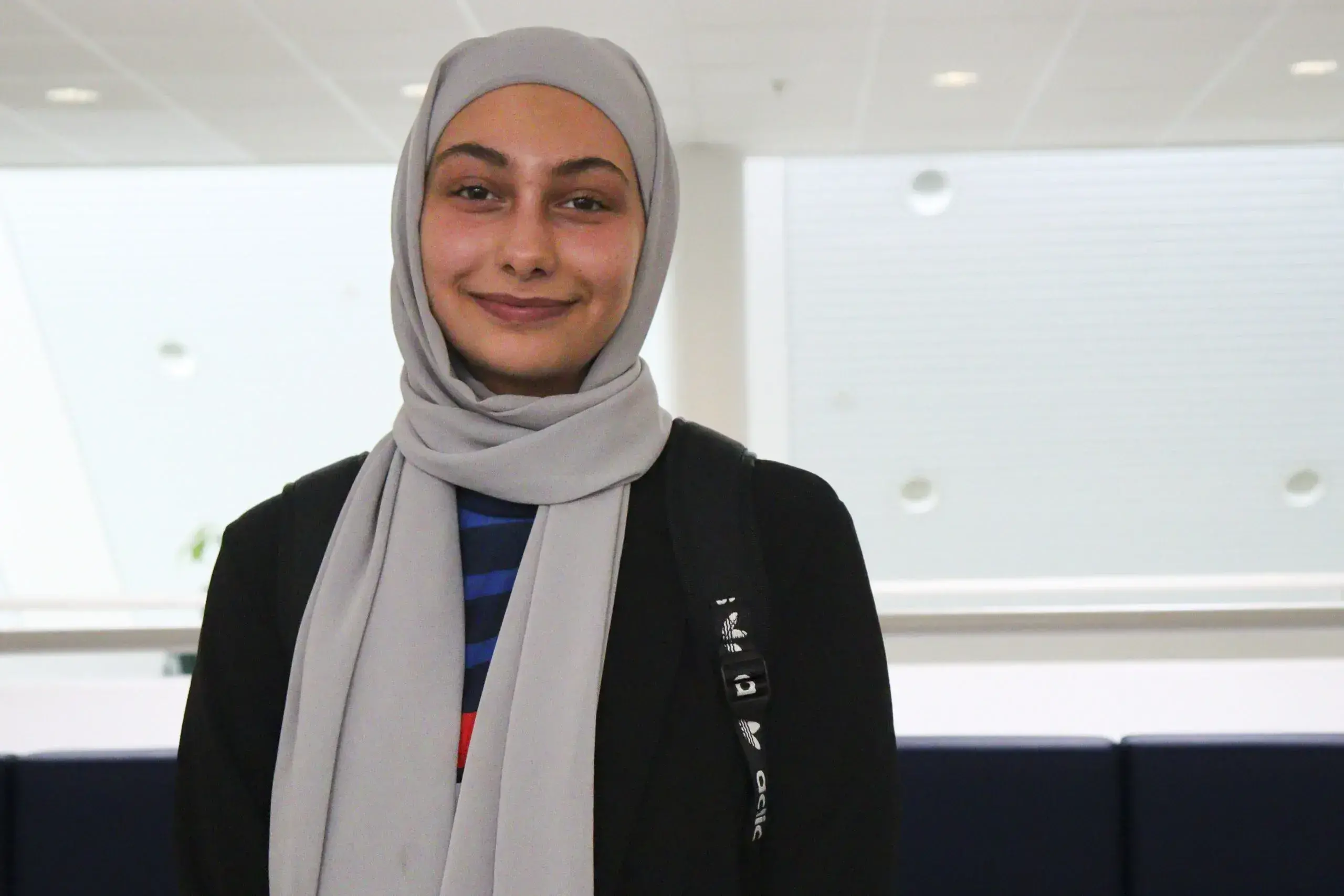
Students and cousins Vlera Rusani, 19, and Qendresa Mustafi, 20, whose parents immigrated from Albania, ended up attending HTG after failing at other schools. HTG was a last-ditch option, they said, but it was the school that got their studies back on track.
Attending a school where most of the students come from immigrant backgrounds is a source of comfort for some students, including Funso Odidi, 20, who said she used to constantly fear being made fun of at her primary school, where ethnic Danes were in the majority.
“A lot of people have something in common,” Odidi said, explaining that while the student body at HTG is not racially homogeneous, students share the minority experience.
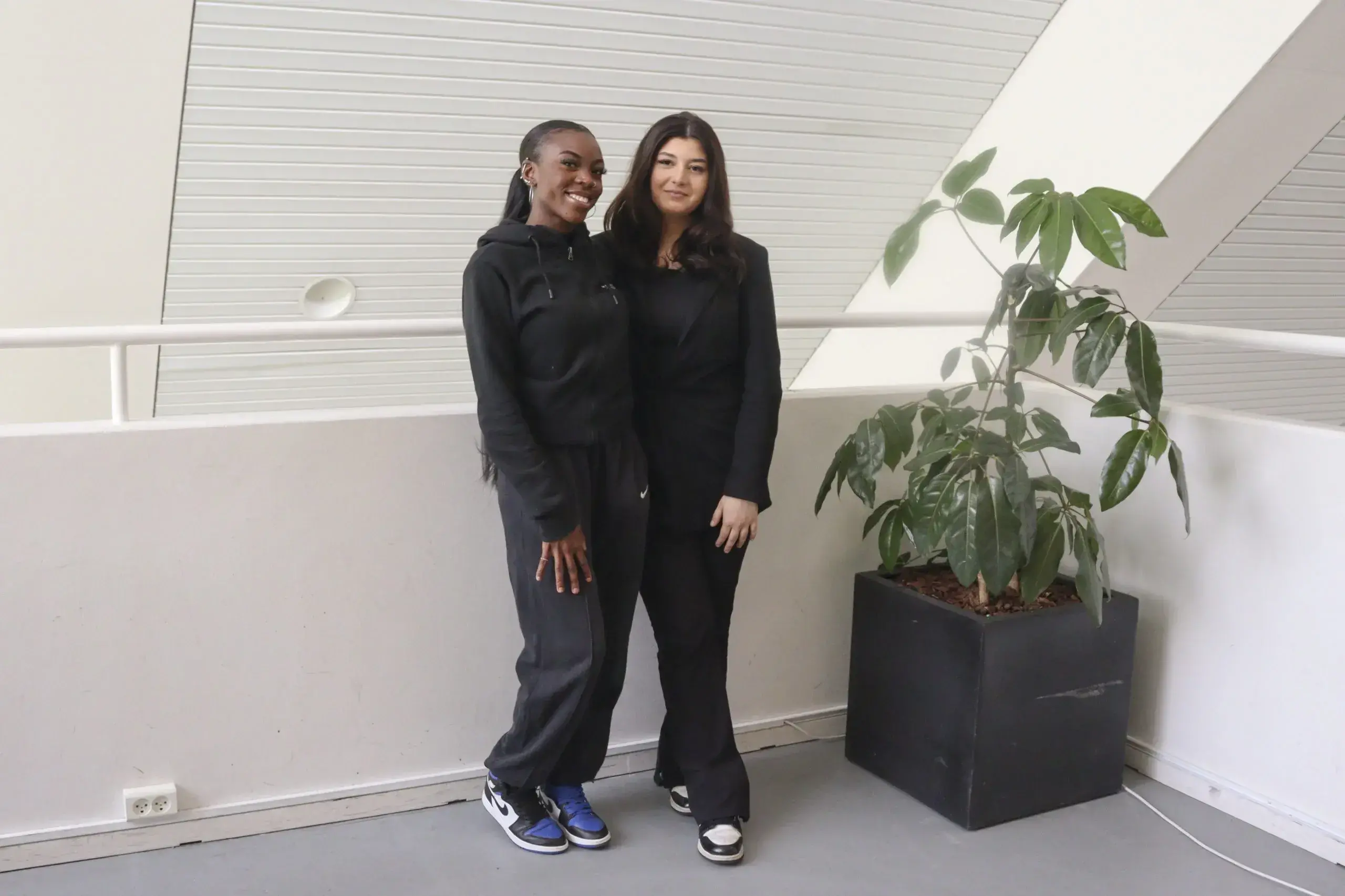
Barbour, the student who said the policy makes her feel invisible, moved out of Høje-Taastrup Municipality during her schooling, but she chose to continue attending HTG, even though it has meant commuting 45 minutes each way. At her primary school, she said, students would make terrorist jokes about her. She constantly felt like an outsider.
While other students did not actively choose HTG, some, like Savannah Sariboga, 18, worry future students will not have the positive school atmosphere they have enjoyed.
“Before I started, I didn’t want to start at this school because I heard rumors it wasn’t good,” Sariboga said. “But when I started, it was like a totally different thing. Ever since I got here, I’ve loved it. I have a great class. Friendships are very close.”
Some are concerned the policy will deprive their family members of this sense of community in school. “What about my siblings in the future?” asked Mira Ahmed, 18.
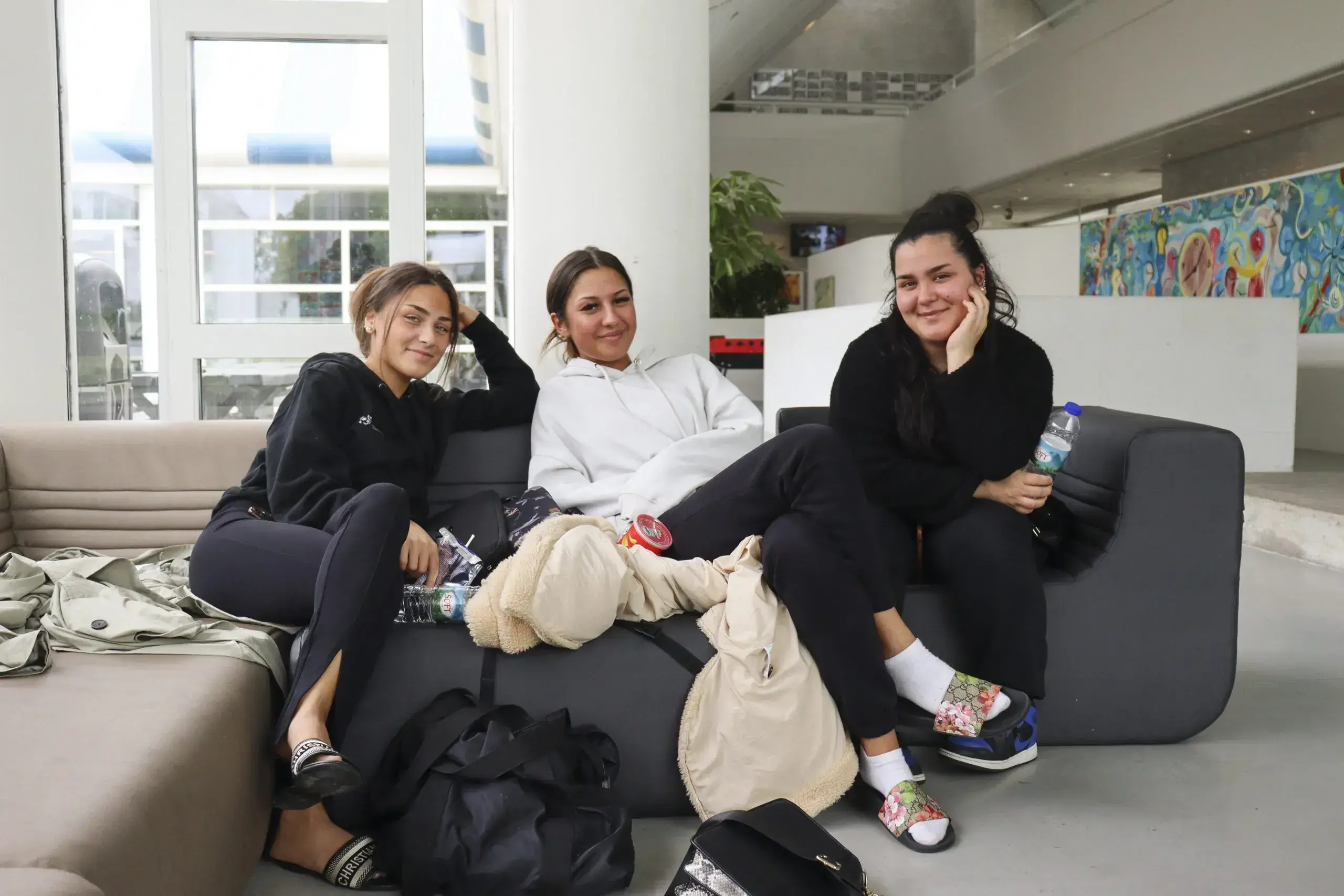
Students seem to be happy at the school, a fact supported by statistics collected by the ministry. HTG students’ reported “contentment” has historically been on par, or higher, than the national average.
HTG teachers also disagree with the government’s concern about teaching challenges at schools with large numbers of students from immigrant backgrounds.
“Students are students,” said chemistry teacher Grethe Jensen. “As long as they’re coming to my chemistry class, you know, as a teacher, that’s fine.” Similarly, David Hind, a German teacher, said it is simply a matter of “Do you speak German or not?”
Still, as the size of HTG’s student body has fallen, so has the school’s funding. Meanwhile, schools attracting more ethnic Danish students have been able to expand to serve a larger student body, therefore increasing their funding allocation.
“Some schools are cannibalizing others,” science teacher Gudrun Beyer Paulsen said, “and it’s not because they are better than us but because they have the luck and they have the ‘right’ composition of students—that’s the only thing they have.”
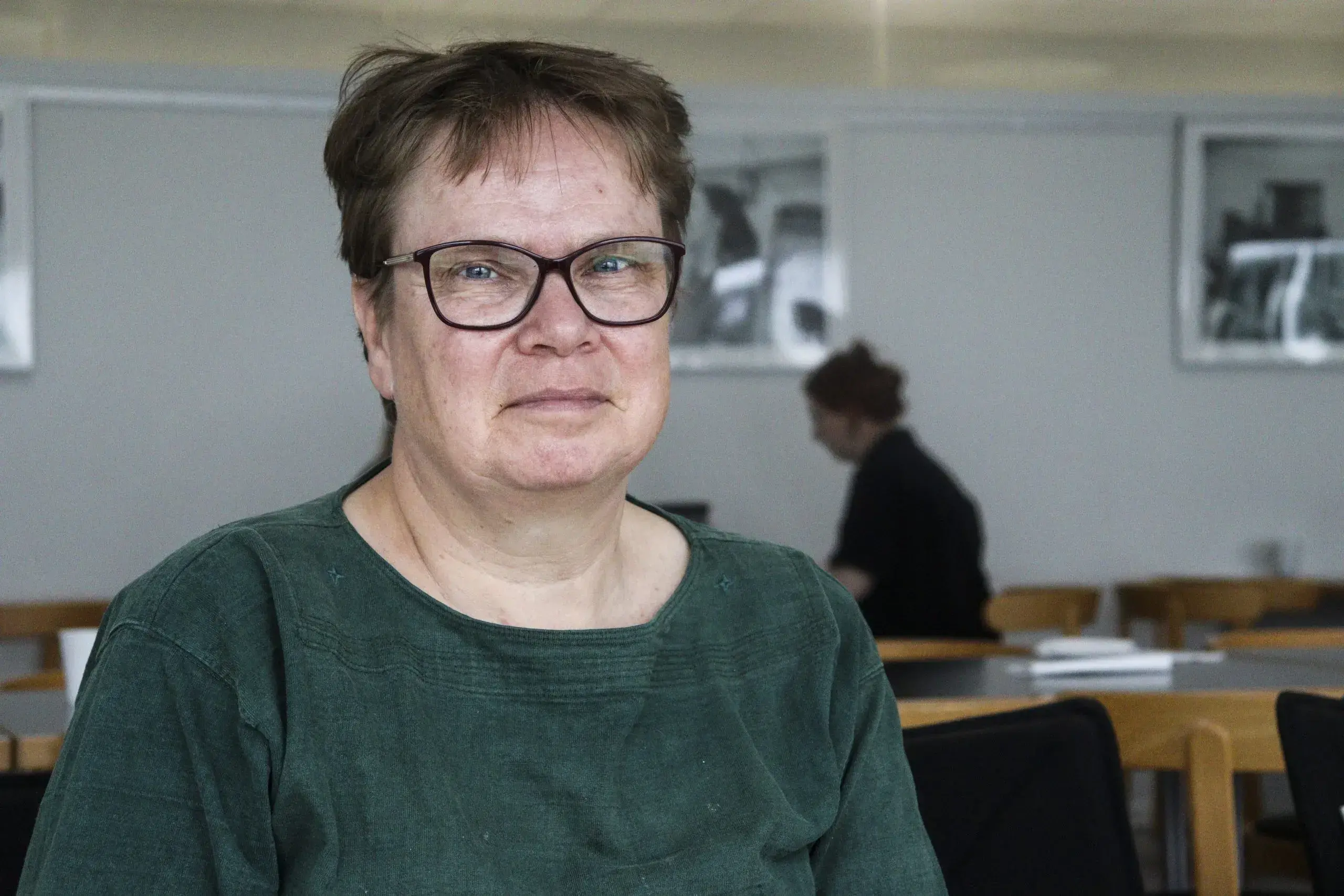
To attract new students, Schou and Diemar said they have connected with local businesses, primary schools and sports organizations to change negative stereotypes of HTG students. HTG students have also participated in charity events, such as a recent run to fight cancer.
HTG now also invites younger students into classes to show them the type of instruction they could receive if they choose to attend HTG. Diemar has received positive feedback from the community about these efforts, but she said the school still has a way to go to fight stereotypes.
“It is a way of showing that our own students have a lot of qualities for both our local society and Denmark as a whole,” Diemar explained.
Other attempts to desegregate schools in Denmark have failed in a way HTG educators see as the inevitable fate for the new policy.
In 2016, a school in Aarhus, a city in northern Denmark, divided ethnic Danes and students from immigrant backgrounds in an attempt to absorb minority students while preventing ethnic Danes from leaving. Enrollment still fell and the school had to merge with another.
Aarhus has also tried busing students from schools in which many students speak Danish as a second language (known in Denmark as Danish as additional language, or DAL) to schools with more native Danish speakers. A study of the policy found forced busing had a negative effect on both the academic performance and wellbeing of DAL students.
Class offerings at Denmark’s upper secondary schools do not vary greatly, Schou said, so HTG can’t offer an American-style magnet program. Ultimately, the changes HTG needs to make are intangible.
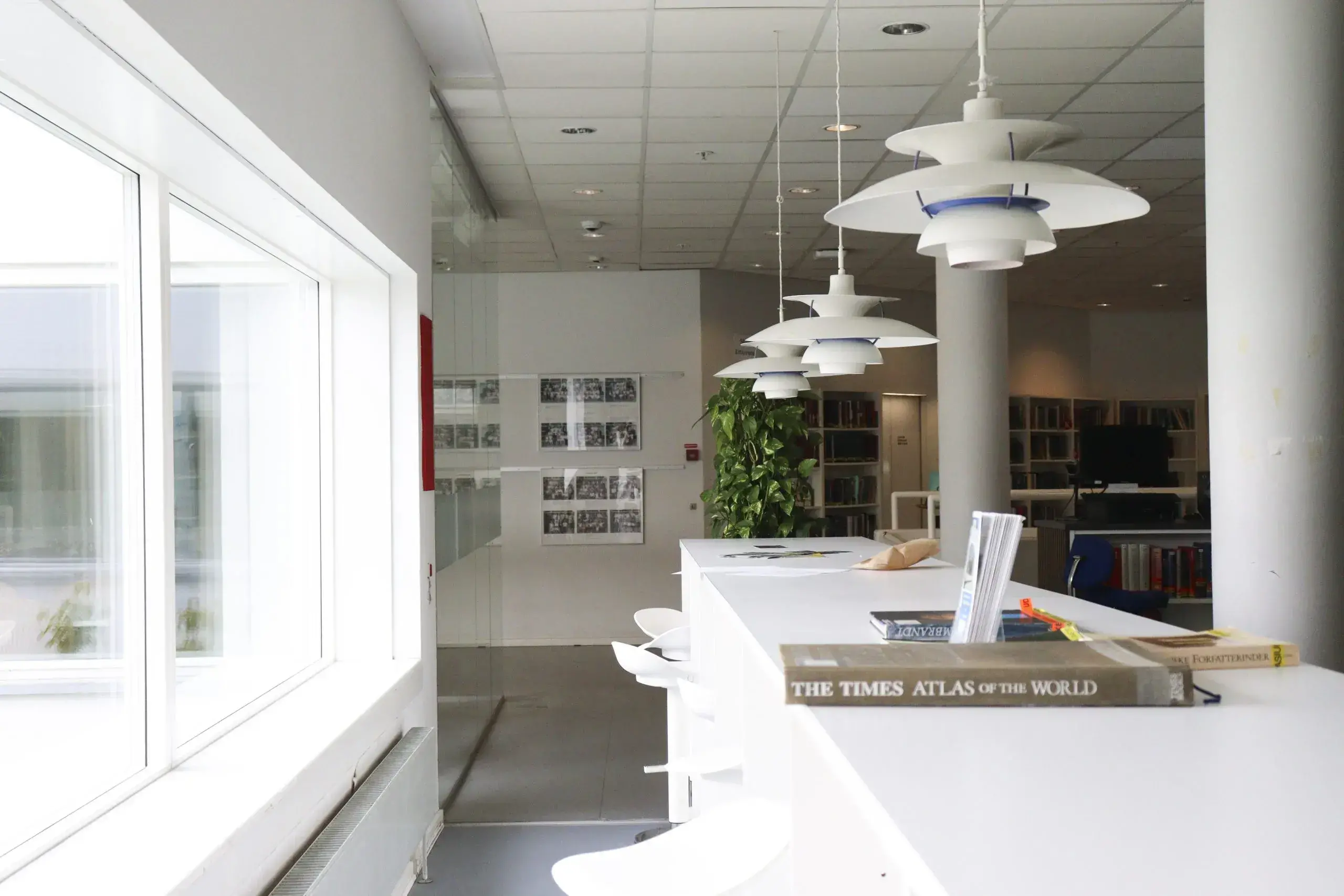
“We have to change the mindsets of all the people living here, and it’s not possible in one year,” Schou said. “We are working on it in several ways, speaking to children, speaking to parents […] we are doing it on a lot of levels but still, it’s a bigger issue for the whole society.”
As the school wrestles with its future, its students and graduates are looking to their own.
The cousins, Mustafi and Rusani, graduated this year. Rusani thinks she’ll stay in the town where they grew up—a train stop away from HTG—long term, while Mustafi hopes to live closer to the bustle of the city center. They both plan to become teachers of Denmark’s next generation, which is becoming more ethnically diverse. Descendants of immigrants are one of Denmark’s fastest growing demographic blocs.
Ahmed, who worried that her siblings might not enjoy the same welcoming school atmosphere that she experienced at HTG, plans to be a nurse, like her mother. Aeinein, who asserts her right to be considered as Danish as ethnic Danes, wants to go to law school after graduation.
Rayan Assi, 17, hopes to be a social worker, specifically to support people within the legal or criminal justice systems in Denmark. Meleke Kelec, 18, isn’t quite sure of her plans yet. But regardless of what careers she and her classmates pursue, she said, “we know we’re just as good as if we were ‘Danish’ Danish.”
This story was also published by The Hechinger Report, a nonprofit, independent news organization focused on inequality and innovation in education.


